The scene of today’s Gospel reading takes place across from the Jordan River. John, the cousin of Jesus, has been baptizing people in the waters of the Jordan, and his inquisitors want to know why. They demand to know who he is and with what authority he acts.
John’s testimony evokes the feel of a courtroom interrogation: John “admitted, and he did not deny it, but admitted.” A denial would attempt to close the door on the conversation, but admission allows the door to open. John is not shying away from the question, “Who are you?” We can imagine his tone, full of anticipation, as he replies, “I am not the Christ.” John the Baptist knows who he is, and he knows who he is not, and he wants to tell us about the One who Is.
The priests and Levites, though, are unsatisfied and continue to take John through a process of elimination: If you’re not the Christ, then who are you? If not Elijah, then who? If not the prophet, then who? Finally, John replies and fully claims his identity: “‘I am the voice of the one crying in the desert, ‘Make straight the way of the Lord.’”
Long ago, the prophet Isaiah spoke of this voice offering hope to God’s people, a promise of comfort, encouragement and empowerment—the voice that would reveal the glory of the Lord (Is 40:5). John is that voice, and he is announcing that the Lord’s glory has finally arrived and we should prepare to receive Him. This is good news!
There is so much we can learn from the testimony of John the Baptist, but perhaps most importantly is a lesson about the power of identity. Do we know who we are and who we are not? Or, better yet, do we know Who’s we are? John the Baptist did, so he did not cower when he was questioned. He was not only prepared to speak the truth, but to claim that truth as the authority for his actions.
Today we are invited to consider how to make straight the path of the Lord in our own lives. Let us look to John the Baptist as a model of someone whose identity is completely rooted in the glory of the Lord. And then, when we are called to give testimony, may we draw upon the grace and authority of our own baptism. Our identity rests in Christ as well. Let us claim that truth today.
La escena del Evangelio de hoy transcurre frente al río Jordán. Juan, el primo de Jesús, ha estado bautizando en las aguas del Jordán, y sus inquisidores quieren saber por qué. Exigen saber quién es y con qué autoridad actúa.
El testimonio de Juan evoca la sensación de un interrogatorio judicial: Juan “reconoció y no negó quién era”. Una negación intentaría cerrar la puerta a la conversación, pero la admisión permite que la puerta se abra. Juan no rehúye la pregunta: “¿Quién eres, pues?”. Podemos imaginar su tono, lleno de anticipación, al responder: “Yo no soy el Mesías”. Juan el Bautista sabe quién es y quién no es, y quiere hablarnos de Aquel que Sí es.
Sin embargo, los sacerdotes y levitas están insatisfechos y siguen sometiendo a Juan a un proceso de eliminación: Si no eres el Cristo, ¿quién eres? Si no eres Elías, entonces ¿quién eres? Si no eres el profeta, ¿quién eres? Finalmente, Juan responde y afirma plenamente su identidad: “Yo soy la voz del que grita en el desierto: ‘Enderecen el camino del Señor’”.
Hace mucho tiempo, el profeta Isaías habló de esta voz que ofrecía esperanza al pueblo de Dios, una promesa de consuelo, ánimo y empoderamiento: la voz que revelaría la gloria del Señor (Is 40,5). Juan es esa voz, y anuncia que la gloria del Señor finalmente ha llegado y que debemos prepararnos para recibirla. ¡Estas son buenas noticias!
Hay mucho que podemos aprender del testimonio de Juan el Bautista, pero quizás lo más importante es una lección sobre el poder de la identidad. ¿Sabemos quiénes somos y quiénes no somos? O, mejor aún, ¿sabemos a quién pertenecemos? Juan el Bautista sí lo sabía, así que no se acobardó cuando lo cuestionaron. No solo estaba dispuesto a decir la verdad, sino a afirmar que esa verdad era la autoridad de sus acciones.
Hoy se nos invita a reflexionar sobre cómo enderezar el camino del Señor en nuestras vidas. Consideremos a Juan el Bautista como modelo de alguien cuya identidad está completamente arraigada en la gloria del Señor. Y entonces, cuando seamos llamados a dar testimonio, que podamos inspirarnos en la gracia y la autoridad de nuestro propio bautismo. Nuestra identidad también reside en Cristo. Reclamemos esta verdad hoy.
 Raine Pyne is a longtime public school educator. She is married to Greg, who is also an educator. They have five sons, three dogs, and one cat, plus hundreds of adolescent students and countless stacks of books. Raine is a former parish catechist and women’s retreat leader. She is a student at the Theology of the Body Institute and a member of the Word on Fire Institute’s Writing Community. She is passionate about learning, language, and the ever deepening journey of faith.
Raine Pyne is a longtime public school educator. She is married to Greg, who is also an educator. They have five sons, three dogs, and one cat, plus hundreds of adolescent students and countless stacks of books. Raine is a former parish catechist and women’s retreat leader. She is a student at the Theology of the Body Institute and a member of the Word on Fire Institute’s Writing Community. She is passionate about learning, language, and the ever deepening journey of faith.
Feature Image Credit: Joseph Goupy, art.diocesan.com/stock-photo/st-john-preaching-in-the-wilderness-21126/
The views and opinions expressed in the Inspiration Daily blog are solely those of the original authors and contributors. These views and opinions do not necessarily represent those of Diocesan, the Diocesan staff, or other contributors to this blog.
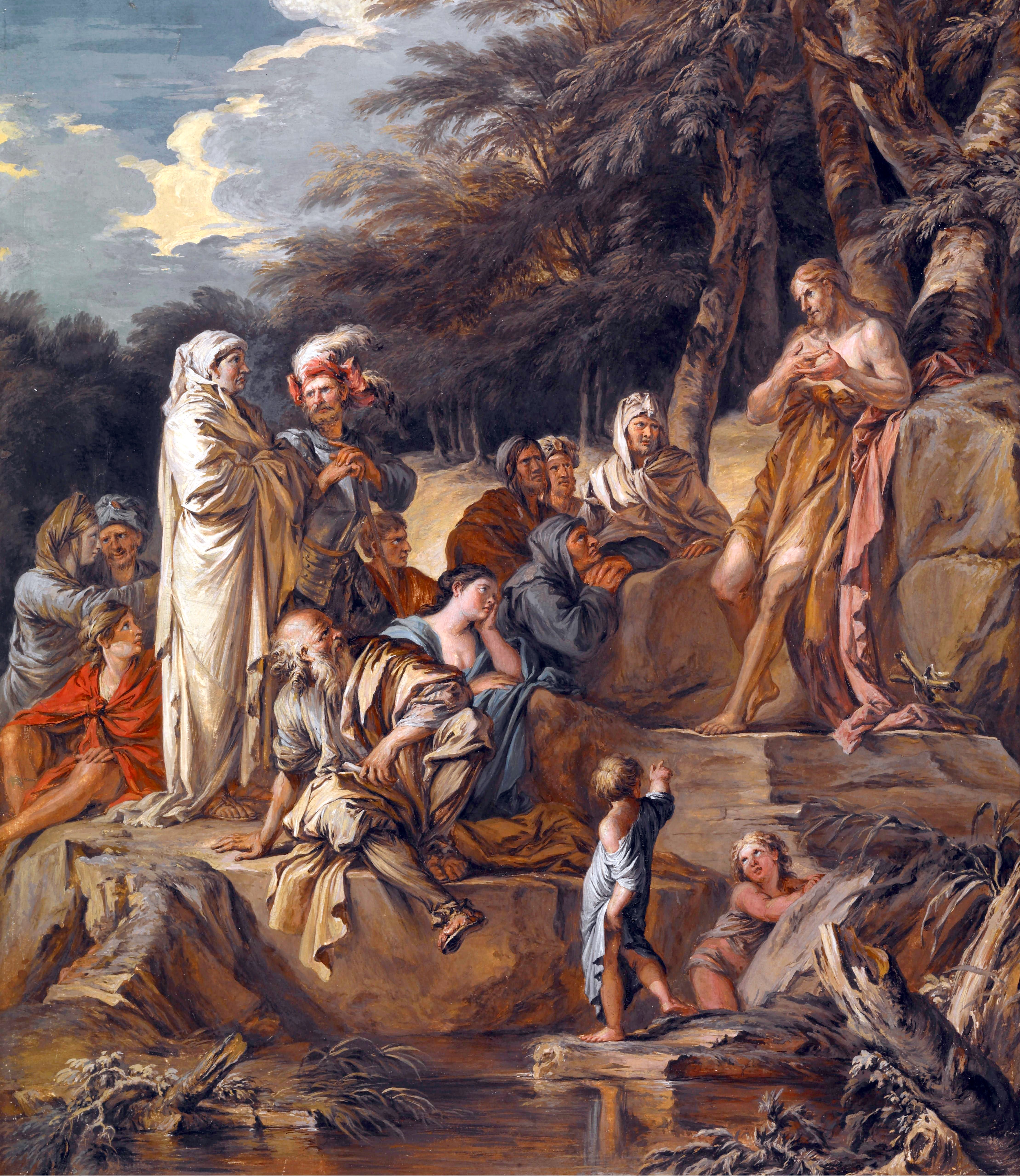
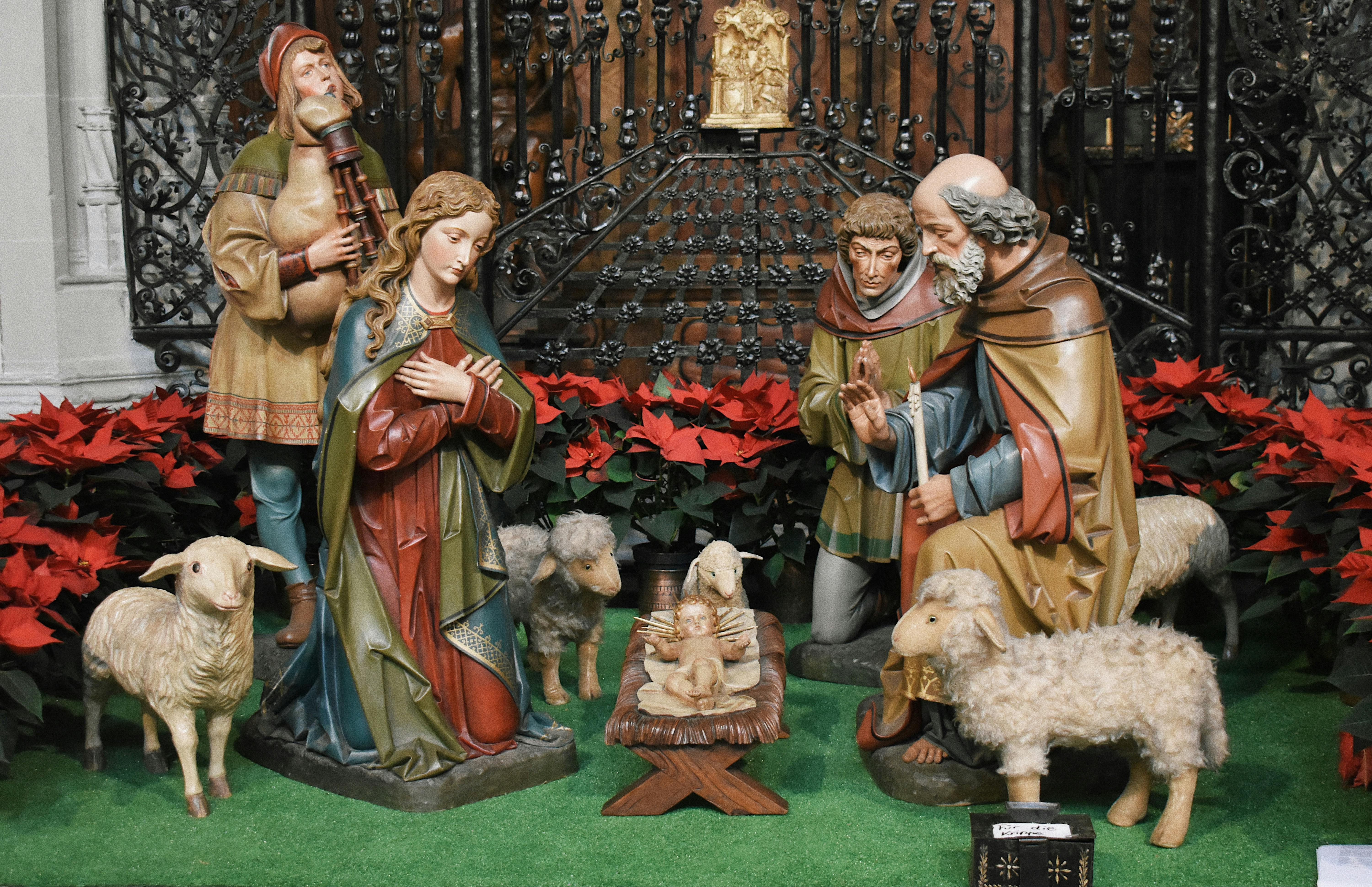
 Kathryn Mulderink, MA, is married to Robert, Station Manager for Holy Family Radio. Together they have seven children (including Father Rob), and eleven grandchildren. She is President of the local community of Secular Discalced Carmelites and has published five books and many articles. Over the last 30 years, she has worked as a teacher, headmistress, catechist, Pastoral Associate, and DRE, and as a writer and voice talent for Catholic Radio. Currently, she serves the Church by writing and speaking, and by collaborating with various parishes and to lead others to encounter Christ and engage their faith. Her website is
Kathryn Mulderink, MA, is married to Robert, Station Manager for Holy Family Radio. Together they have seven children (including Father Rob), and eleven grandchildren. She is President of the local community of Secular Discalced Carmelites and has published five books and many articles. Over the last 30 years, she has worked as a teacher, headmistress, catechist, Pastoral Associate, and DRE, and as a writer and voice talent for Catholic Radio. Currently, she serves the Church by writing and speaking, and by collaborating with various parishes and to lead others to encounter Christ and engage their faith. Her website is 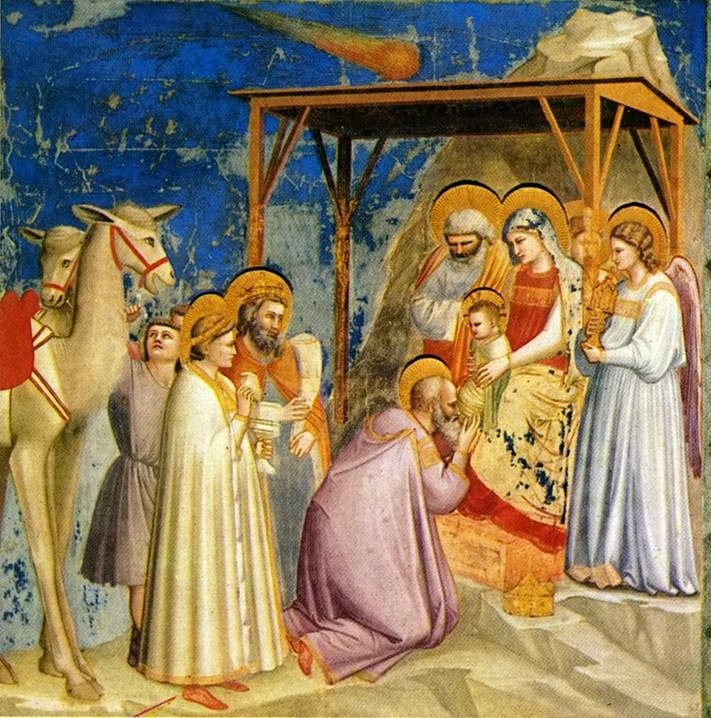

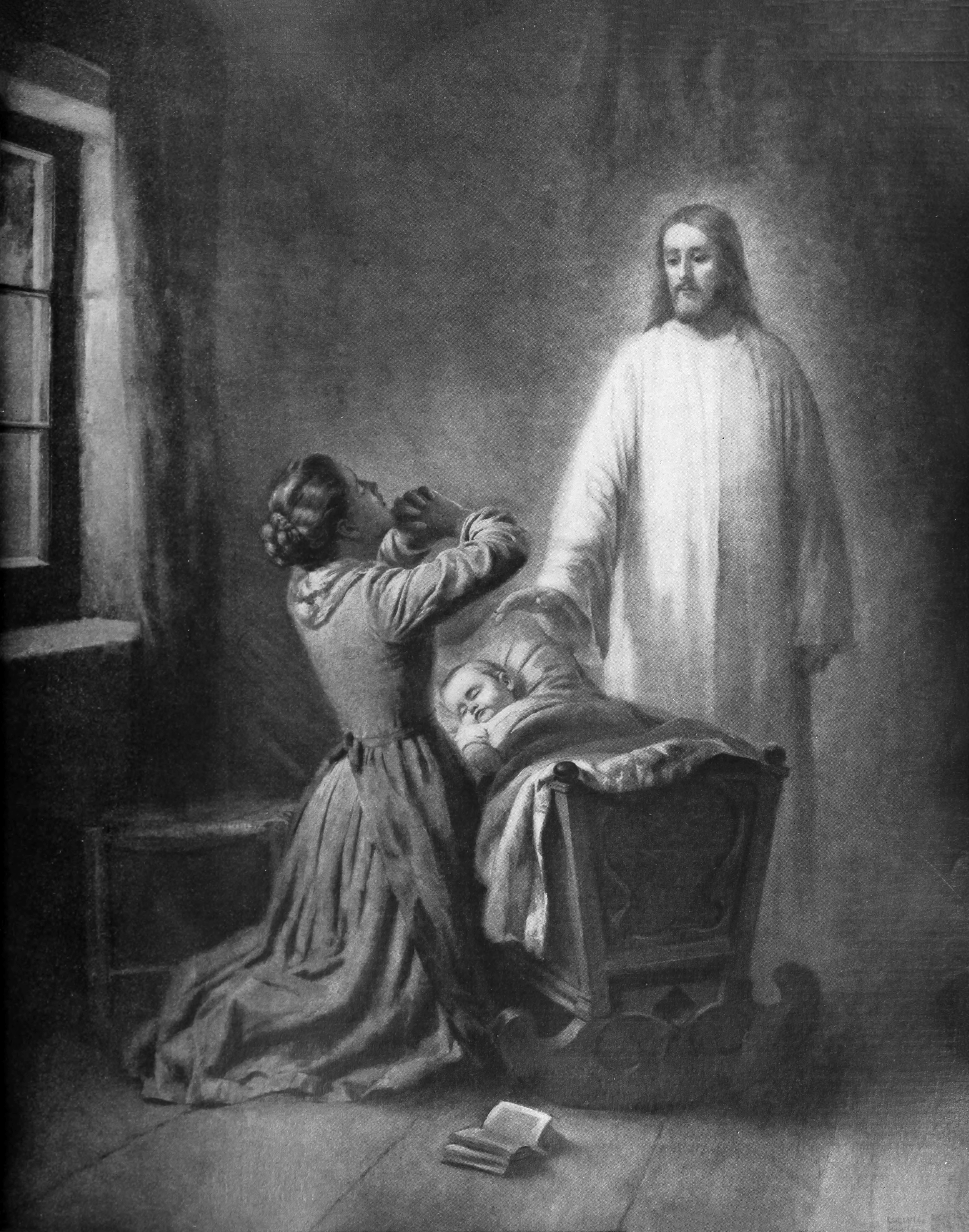
 Tami Urcia is a midwestern gal from a large Catholic family. As a young adulthood she was a missionary in Mexico, where she studied theology and philosophy. After returning stateside bilingual, she gained a variety of work experience, traveled extensively and finished her Bachelor’s Degree at Brescia University. She loves organizing and simplifying things, watching her children play sports, deep conversations with close family and friends and finding unique ways to brighten others’ day with Christ’s love. She works full time at Diocesan in the Software Department and manages the Inspiration Daily reflections. She is also a contributing writer on
Tami Urcia is a midwestern gal from a large Catholic family. As a young adulthood she was a missionary in Mexico, where she studied theology and philosophy. After returning stateside bilingual, she gained a variety of work experience, traveled extensively and finished her Bachelor’s Degree at Brescia University. She loves organizing and simplifying things, watching her children play sports, deep conversations with close family and friends and finding unique ways to brighten others’ day with Christ’s love. She works full time at Diocesan in the Software Department and manages the Inspiration Daily reflections. She is also a contributing writer on 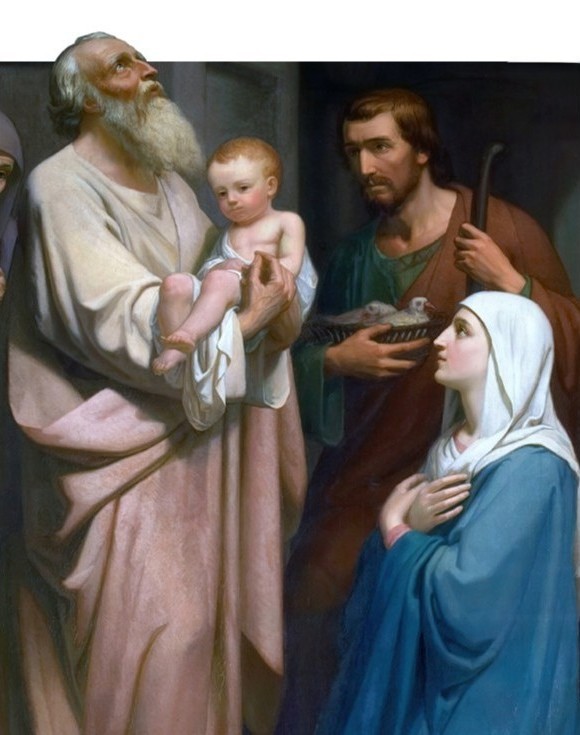

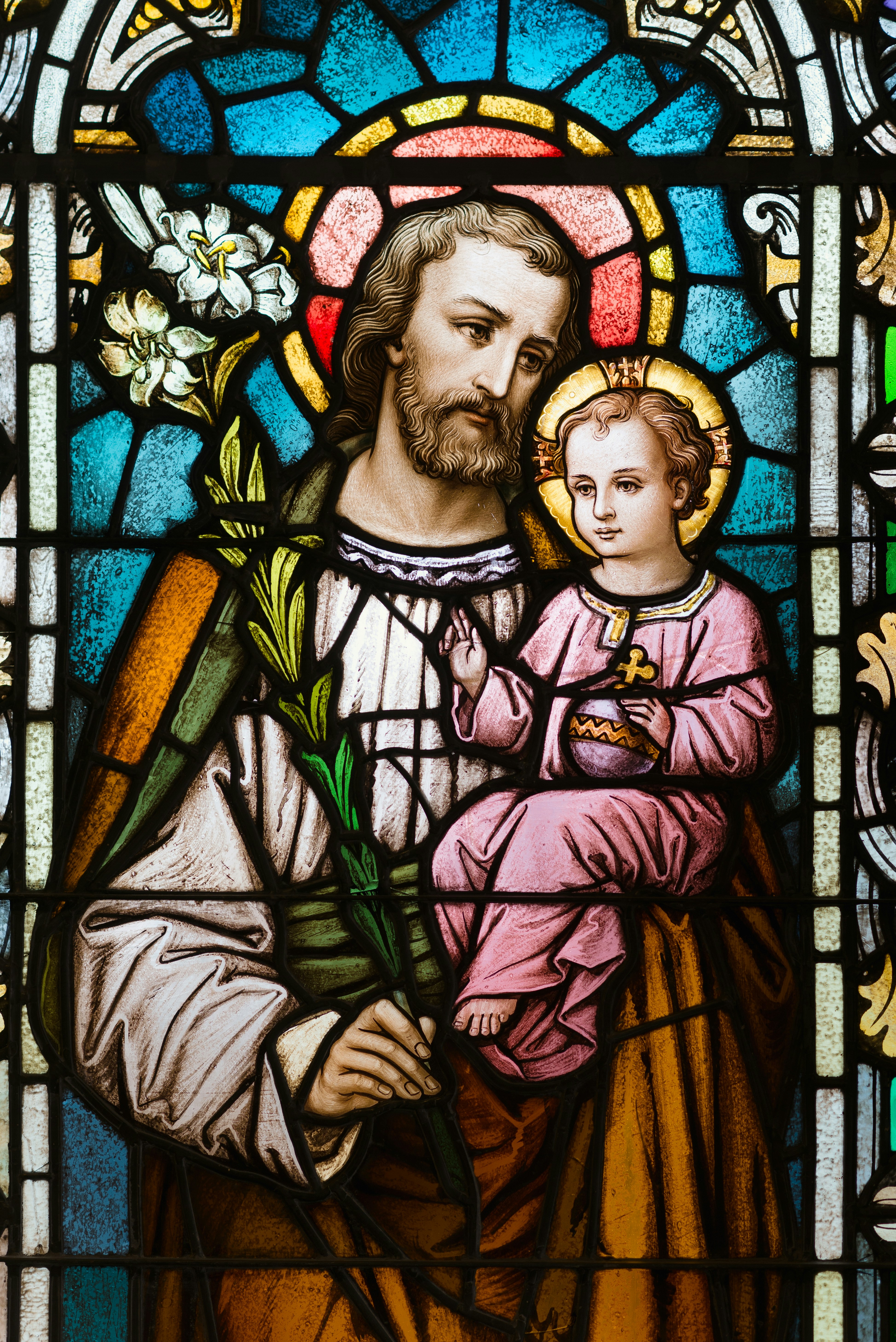
 Merridith Frediani loves words and is delighted by good sentences. She also loves Lake Michigan, dahlias, the first sip of hot coffee in the morning, millennials, and playing Sheepshead with her husband and three kids. She writes for Catholic Mom, Diocesan.com, and her local Catholic Herald. Her first book Draw Close to Jesus: A Woman’s Guide to Adoration is available at Our Sunday Visitor and Amazon. You can learn more at
Merridith Frediani loves words and is delighted by good sentences. She also loves Lake Michigan, dahlias, the first sip of hot coffee in the morning, millennials, and playing Sheepshead with her husband and three kids. She writes for Catholic Mom, Diocesan.com, and her local Catholic Herald. Her first book Draw Close to Jesus: A Woman’s Guide to Adoration is available at Our Sunday Visitor and Amazon. You can learn more at 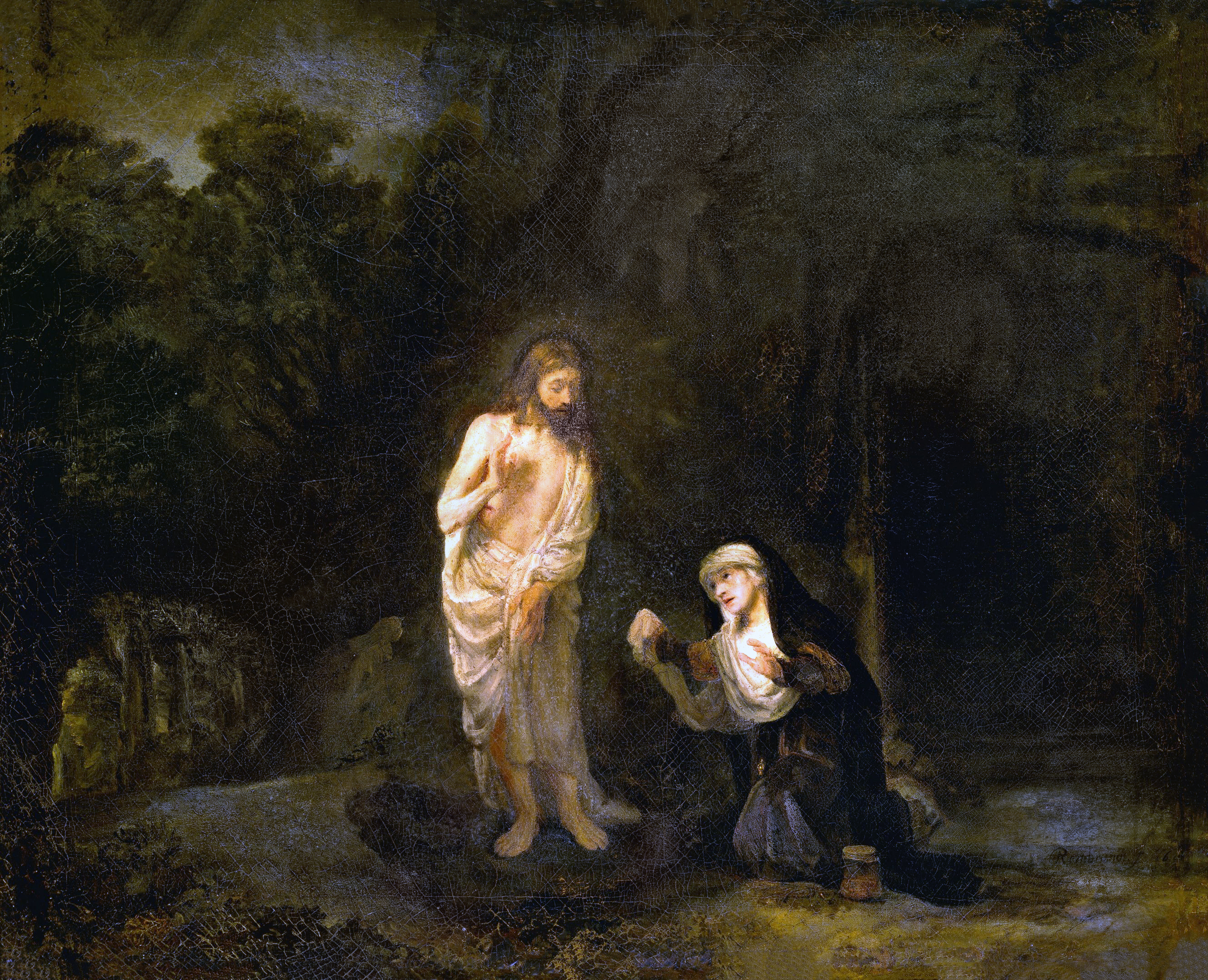
 Deacon Dan Schneider is a retired general manager of industrial distributors. He and his wife Vicki have been married for over 55 years. They are the parents of eight children and thirty-one grandchildren. He has a degree in Family Life Education from Spring Arbor University. He was ordained a Permanent Deacon in 2002. He has a passion for working with engaged and married couples and his main ministry has been preparing couples for marriage.
Deacon Dan Schneider is a retired general manager of industrial distributors. He and his wife Vicki have been married for over 55 years. They are the parents of eight children and thirty-one grandchildren. He has a degree in Family Life Education from Spring Arbor University. He was ordained a Permanent Deacon in 2002. He has a passion for working with engaged and married couples and his main ministry has been preparing couples for marriage.
 Felix Urcia was born in Lima, Peru. He moved the U.S. to complete his college degree in Computer Science at Northern Kentucky University. He is passionate about his faith, his family, education and soccer. When he is not homeschooling and caring for his young children he enjoys personal programing projects and sports analysis. He and wife live in a small town in Western Michigan where they enjoy spending time with their five children.
Felix Urcia was born in Lima, Peru. He moved the U.S. to complete his college degree in Computer Science at Northern Kentucky University. He is passionate about his faith, his family, education and soccer. When he is not homeschooling and caring for his young children he enjoys personal programing projects and sports analysis. He and wife live in a small town in Western Michigan where they enjoy spending time with their five children.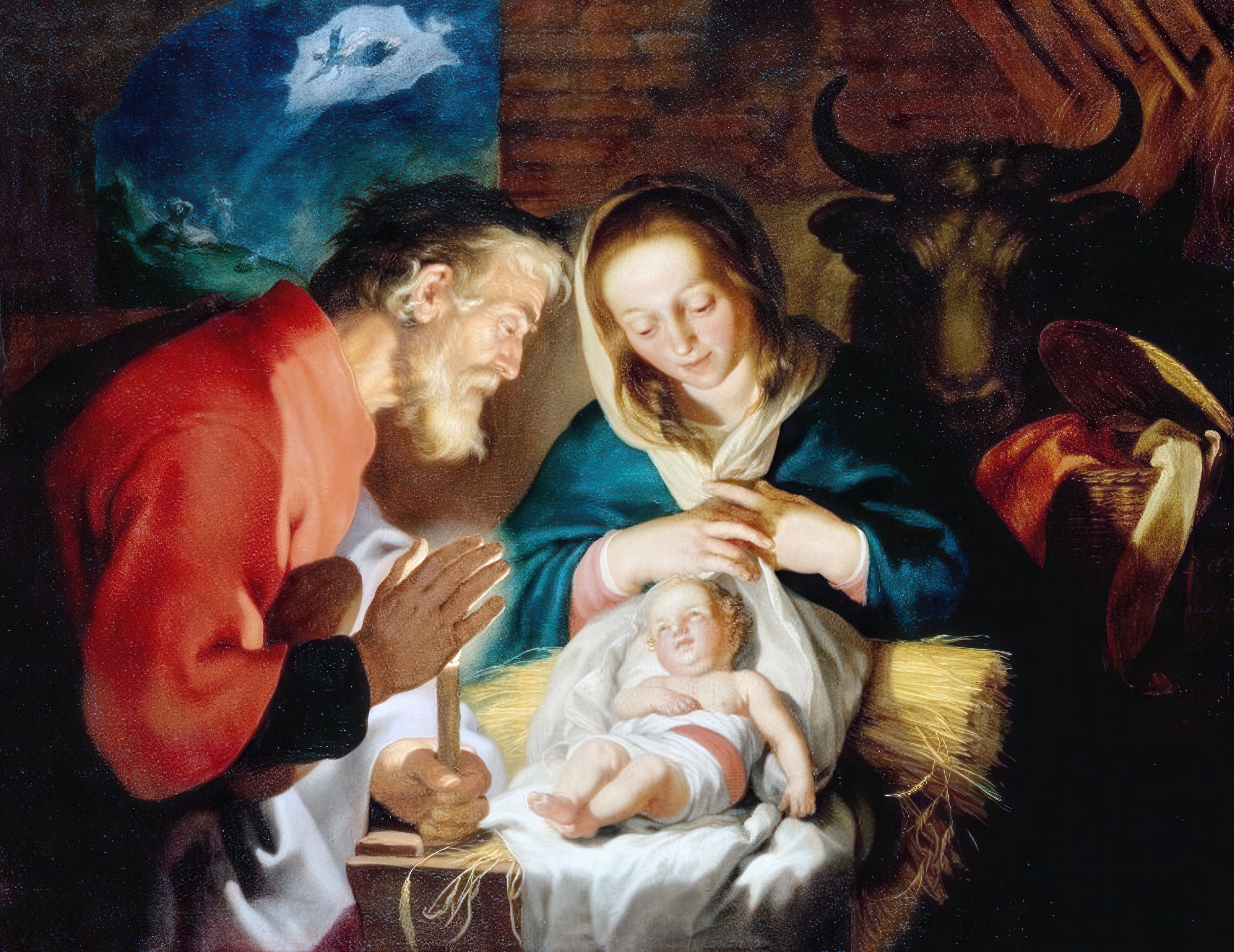
 Mike Karpus is a regular guy. He grew up in Michigan’s Upper Peninsula, graduated from Michigan State University and works as an editor. He is married to a retired Catholic school principal, raised two daughters who became Catholic school teachers at points in their careers, and now relishes his three young grandchildren. He serves on a Catholic school board and has served on pastoral councils, a building committee and a parish stewardship committee. He currently is a lector at Mass, a Knight of Columbus, vice president of a memorial scholarship committee and a board member of the local Habitat for Humanity organization. But mostly he’s a regular guy.
Mike Karpus is a regular guy. He grew up in Michigan’s Upper Peninsula, graduated from Michigan State University and works as an editor. He is married to a retired Catholic school principal, raised two daughters who became Catholic school teachers at points in their careers, and now relishes his three young grandchildren. He serves on a Catholic school board and has served on pastoral councils, a building committee and a parish stewardship committee. He currently is a lector at Mass, a Knight of Columbus, vice president of a memorial scholarship committee and a board member of the local Habitat for Humanity organization. But mostly he’s a regular guy.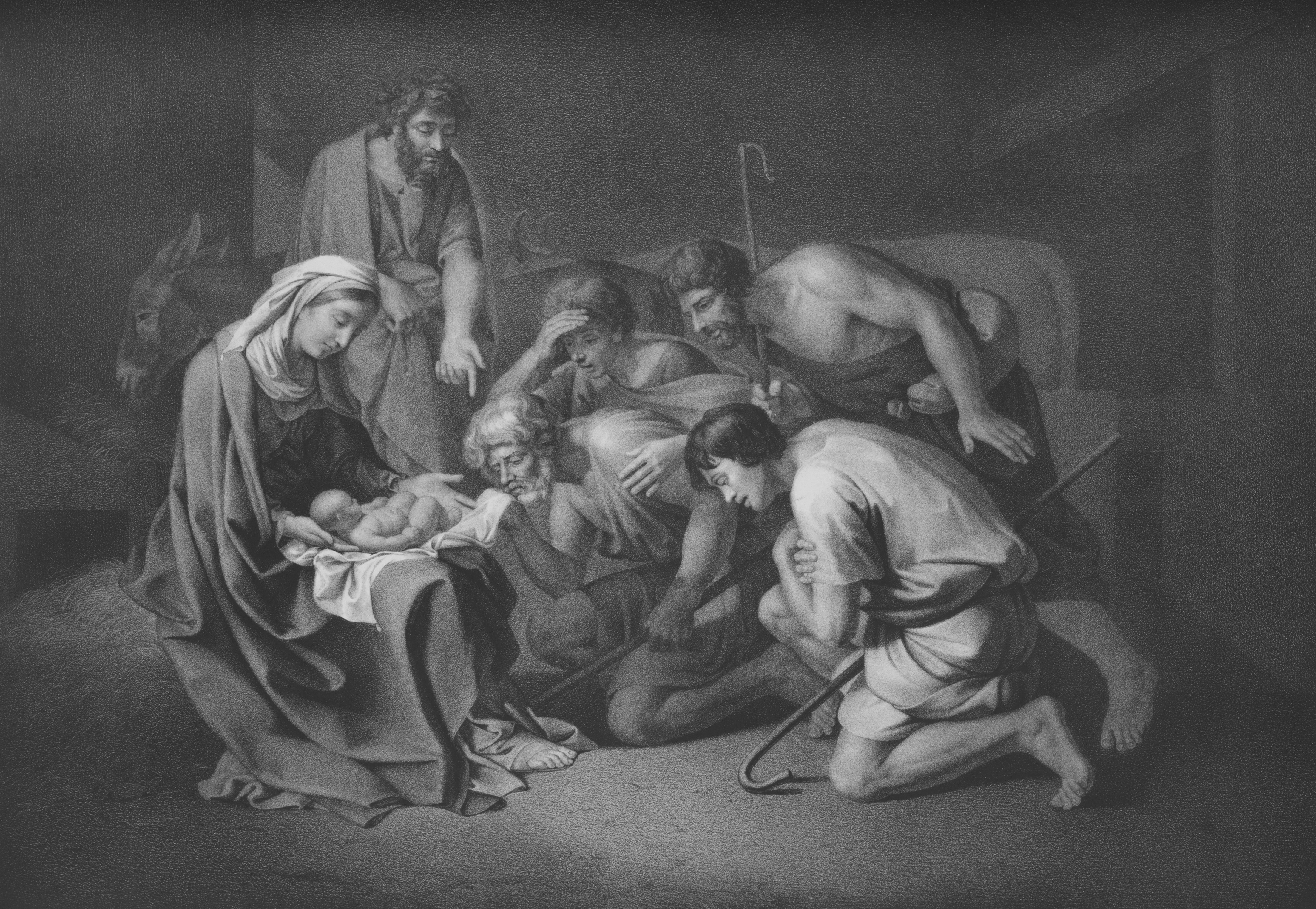


 Deanna G. Bartalini, M.Ed.; M.P.A., is a certified spiritual director, writer, speaker and content creator. The
Deanna G. Bartalini, M.Ed.; M.P.A., is a certified spiritual director, writer, speaker and content creator. The 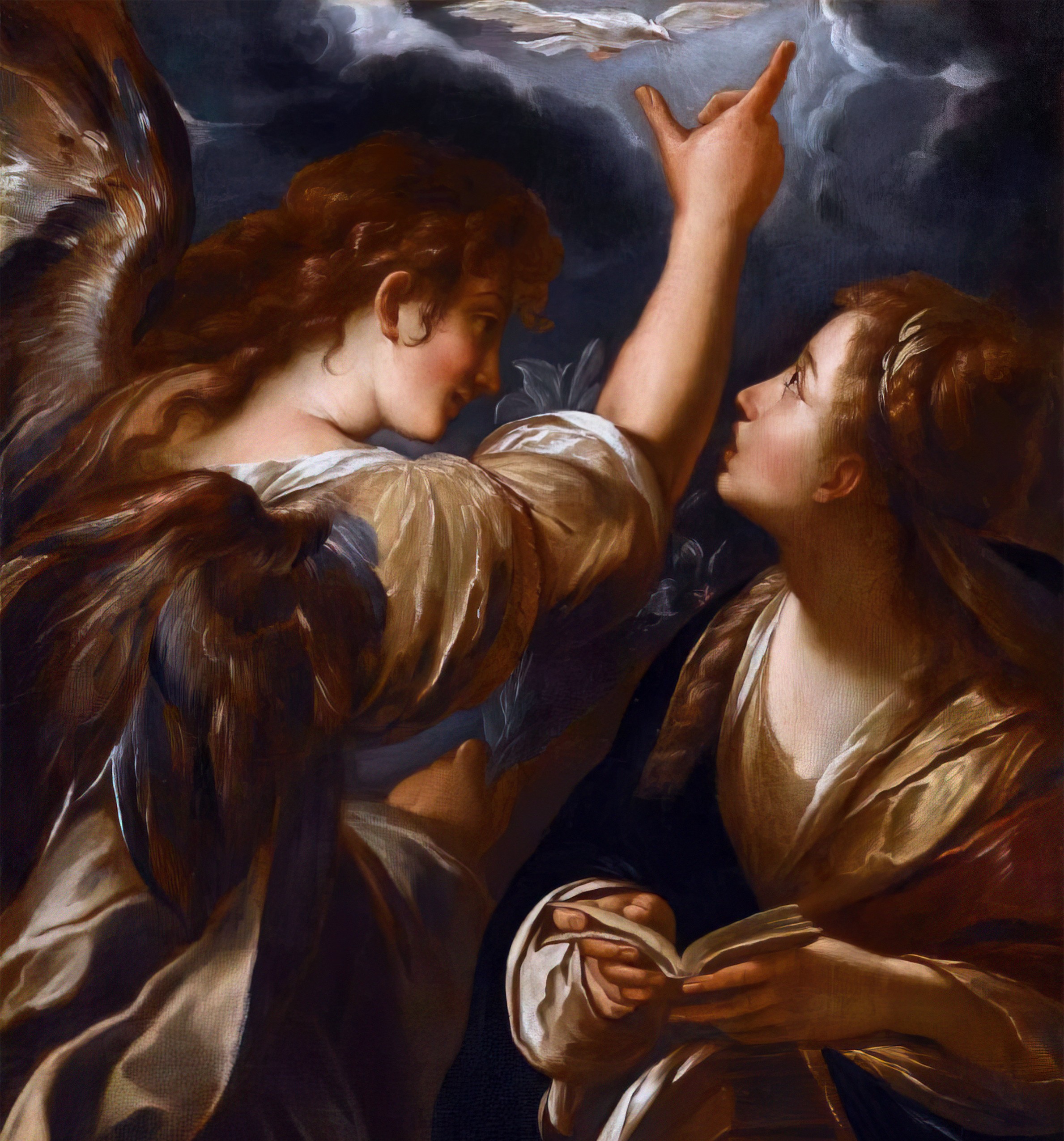
 Pamela Kavanaugh is a grateful wife, mother, and grandmother who has dedicated her professional life to Catholic education. Though she has done her very best to teach her students well in the subjects of language and religion, she knows that she has learned more than she has taught. She lives, teaches, and writes in southwest suburban Chicago.
Pamela Kavanaugh is a grateful wife, mother, and grandmother who has dedicated her professional life to Catholic education. Though she has done her very best to teach her students well in the subjects of language and religion, she knows that she has learned more than she has taught. She lives, teaches, and writes in southwest suburban Chicago.